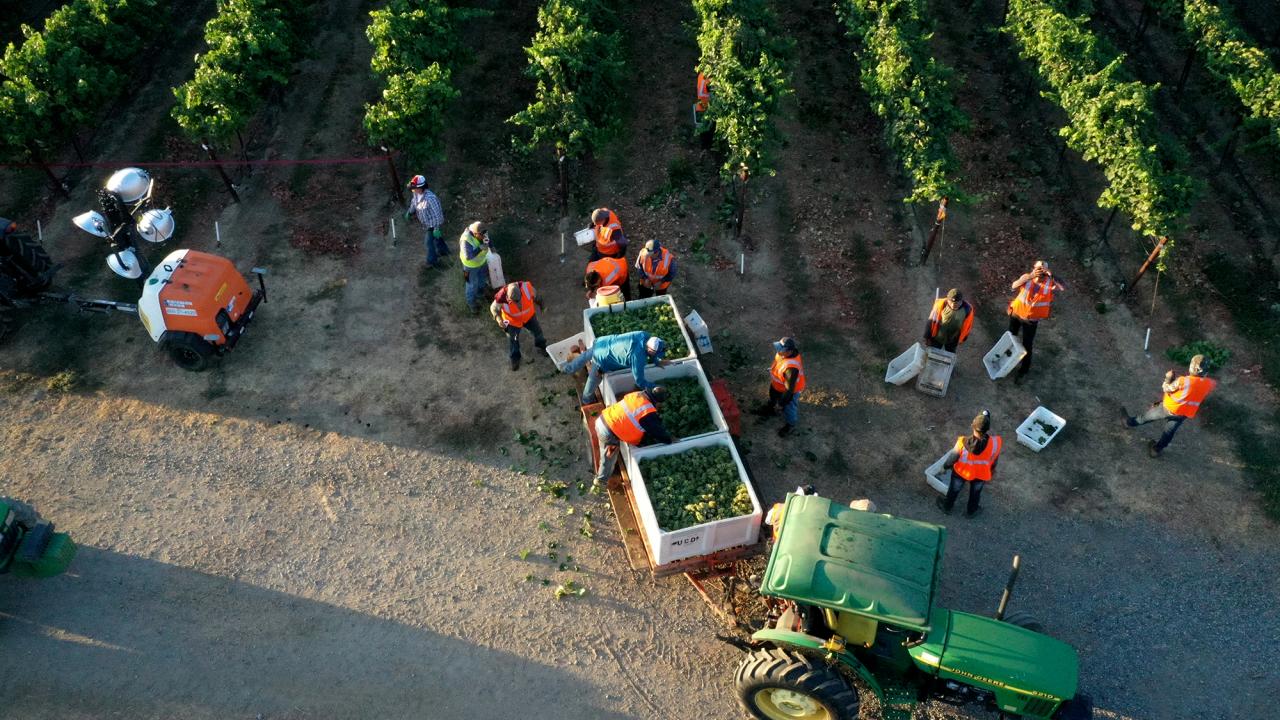
Hazard Assessment and Inspection
When creating an Injury and Illness Prevention Program or IIPP, there must be a system in place for all worksites that periodically assesses the work environment for health and safety hazards that can cause injuries and illnesses. Conducting regular inspections and reviewing information provided by workers through surveys, interviews, and other methods can help to complete this hazard assessment.
Inspections must be performed when:
- The IIPP is first established
- New processes, procedures, equipment, or substances (e.g., chemicals) are introduced in the workplace
- New, previously unidentified hazards are recognized
- There is a near miss or when occupational injuries and illnesses occur
- There are new hires and/or permanent or intermittent workers are reassigned to tasks for which a hazard evaluation has not been previously conducted
- Whenever workplace conditions warrant an inspection
Once the system has been set in place, it is important to indicate who will be responsible for conducting these inspections. Assessing and inspecting hazards not only ensures that workers are being kept safe, but also allows workers to see that their health and safety is a priority on the job.
Additional Resources
- Learn more about our free Injury and Illness Prevention Program (IIPP) trainings
- Look out for next month’s Próximamente, as it will cover Investigation of Accidents, Injuries, and Illnesses (Title 8 CCR §3203 (a) (5))
This article is based on the Worker Occupational Safety and Health Training and Education Program (WOSHTEP) administered by the Commission on Health and Safety and Workers' Compensation in the California Department of Industrial Relations through interagency agreements with the Labor Occupational Health Program at the University of California, Berkeley; the Western Center for Agricultural Health and Safety at the University of California, Davis; and the Labor Occupational Safety and Health Program at the University of California, Los Angeles.
